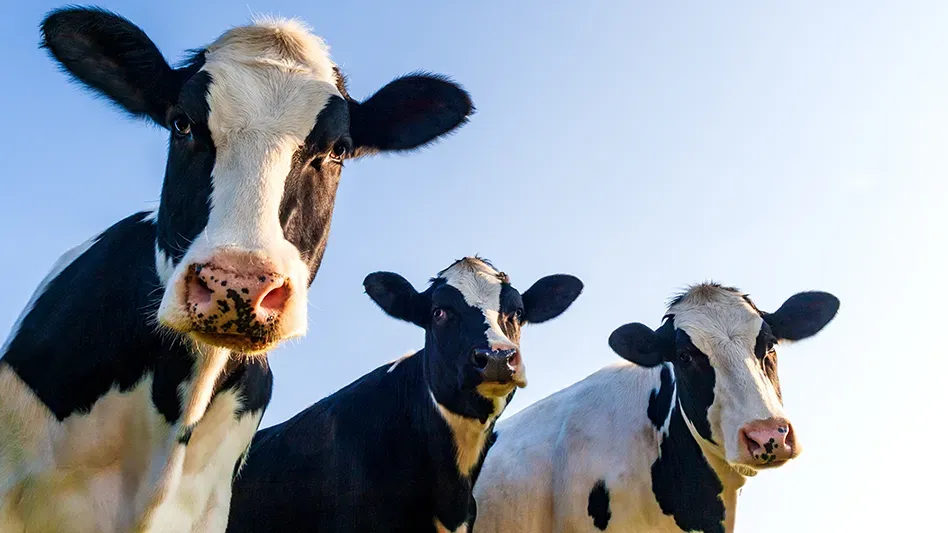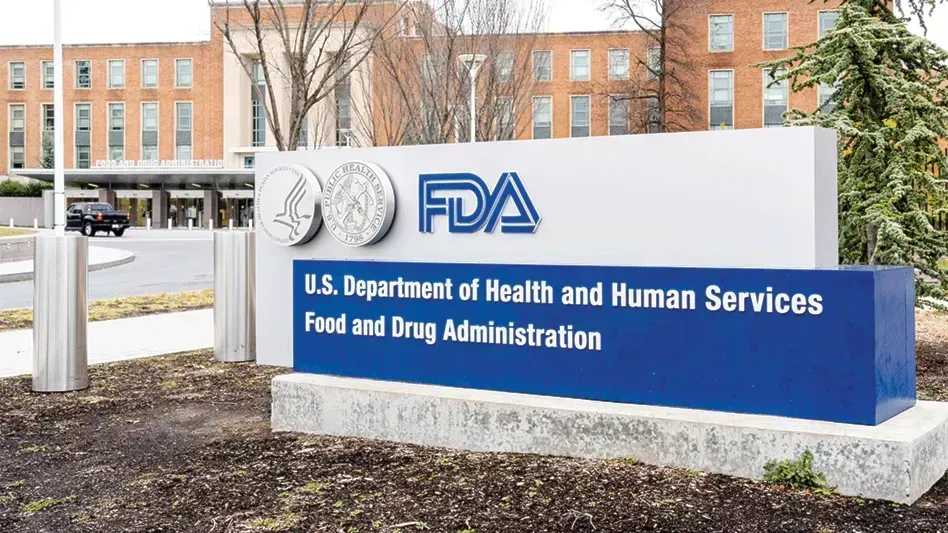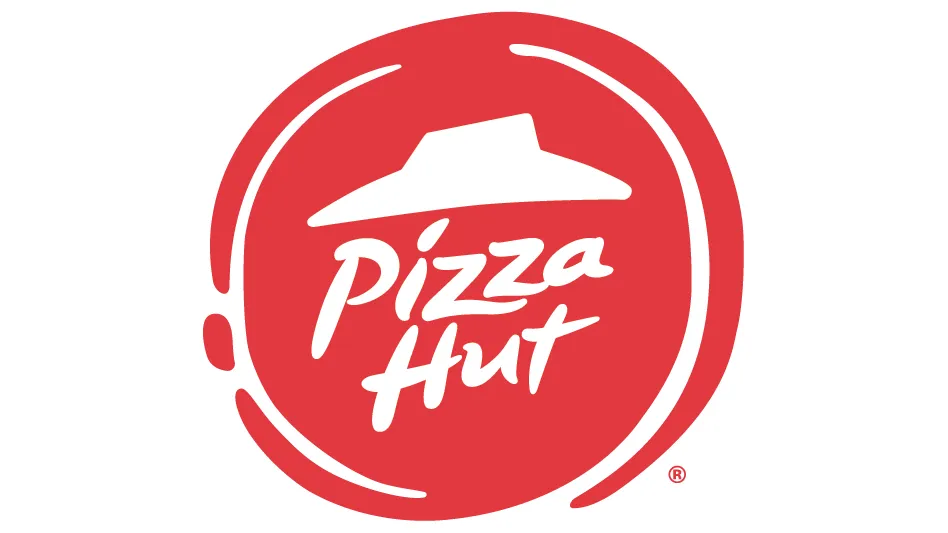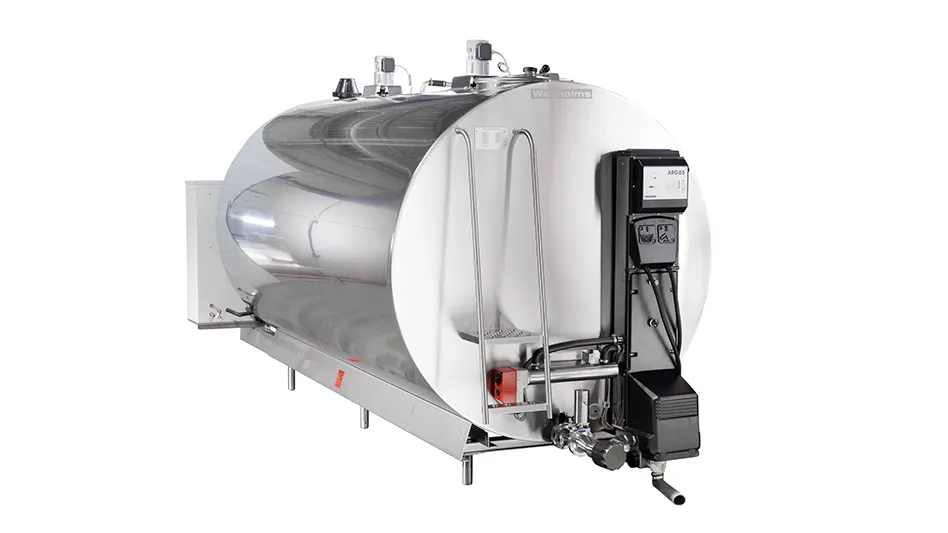
It has been 16 years since food retailer CEOs from around the world joined together in an attempt to increase food safety and reduce the number and inconsistencies of audits to which the food industry was being held. It was the beginning of the Consumer Goods Forum (then called The Food Business Forum) and the founding of its non-profit foundation, the Global Food Safety Initiative (GFSI).
Since that time, manufacturers have joined the GFSI board, with Danone’s Yves Rey and Dole’s Dan Funk as the first in 2005, and a number of food safety management schemes have been recognized by GFSI as meeting the internationally recognized minimum food safety requirements set out in the GFSI Guidance Document.
But GFSI has not been alone in this drive to improve food safety; there have been waves of initiatives – driven from within the industry as well as by consumers, media, and governments around the world, with a surge of new or updated food safety regulations in recent years – from our FSMA rules to Canada’s consolidation of its food safety regulations to China’s Food Safety Law of 2015. So where does all this put GFSI? How does the foundation and its schemes fit into all the independent country regulations – or does it? And, is it doing what was intended a decade and a half ago?
There are two schools of thought: One wondering if audits-for-profit can ever be truly objective and valuable, and the other noting that, not only is GFSI so much more than its audits and schemes, but there are checks and balances throughout the process to ensure certification has real meaning.
“GFSI is unique in that it is a global organization including people from the beginning of the supply chain to the end,” said Cargill Vice President, Corporate Food Safety, Quality & Regulatory and GFSI Board Chair Mike Robach. Robach sees GFSI as having gained very broad global acceptance since its origination. Founded in Europe, GFSI now has more than 100,000 facilities in more than 160 countries certified to its scheme, and Local Groups have been created in Japan (in 2012); China, U.S.-Canada, and Mexico (2013); South Latin America (2015); and Asia (2016) to drive GFSI strategy and work on tactical implementation, he said. “Clearly we have accomplished a lot since we were founded, but we still have a lot to do.”
Just this year, GFSI reworked its strategy, changing the composition of its board to bring in new industry players from food service, e-retail, traditional retail, primary production and manufacturing, and setting three core strategies:
1. SCHEME ASSURANCE/HARMONIZATION. Continue working on food safety scheme assurance and harmonization, with a key focus on auditor competence and audit assurance. “There is a major effort to assure the best auditors are in place and being monitored,” Robach said, addressing the question of audit and auditor objectivity.
Within GFSI, benchmarking provides the framework for the recognition of food safety schemes and is a process by which the schemes are compared to the GFSI Guidance Document to determine equivalence.
The process is based on ISO22000 standards, with independent relationships between GFSI and the scheme owner, and between the scheme owner and the certification bodies who audit against the GFSI-recognized schemes. The standards require a feedback loop, through which auditors are checked and monitored for competency. Because companies contract with the accreditation body, not the auditor, any incompetence can then be reported back to the scheme owner.
“The accreditation bodies provide the oversight that the scheme owners are doing their job,” Robach said. “There are several checks and balances built into the system, and a number of the accreditation bodies have government involvement. It is all very open and transparent.”
Even with all this, however, nothing is perfect. As is stated on the mygfsi.com website: “Accredited certification does not deliver a guarantee of food safety nor prevent food safety incidents. It provides a proven framework of checks and balances that significantly improves the rigor of the audit process and reduces the risk of food safety failures. Food businesses should not rely solely on third-party audits to provide evidence of their food safety compliance, they are a tool to be used in a risk-based strategy for food safety management. However, accredited third-party certification audits, if used correctly, are worthwhile tools for any food business seeking to implement and maintain behaviors and practices within their facilities.”


2. CAPACITY BUILDING. The second core strategy of GFSI is that of providing the leadership for food safety capacity, not only in developing countries, but around the world, i.e., for small companies that have limited resources and/or expertise. To achieve this, GFSI and the United Nations Industrial Development Organization (UNIDO) signed a memorandum of understanding at the GFSI Conference in Berlin in November 2015 to jointly design innovative food-safety capacity building projects as public-private partnerships and jointly mobilize resources for their implementation. “We signed the MOA with UNIDO to work together to supply training around the world in food safety – at the farm level, and in manufacturing, distribution, and retail,” Robach said.
The partnership builds a plan for implementing food-safety capacity-building projects in a number of countries based on the GFSI Global Markets Program, which sets out how small and less developed food companies can meet the challenge of food safety, increase productivity, and gain market access. The program, which is to be translated into a number of languages, follows a three-step process:
a) Completion of an online toolkit which will take an organization 30% of the way toward fulfilling the prerequisites, hazard analysis, and HACCP required for certification. This step would take a company about a year to complete.
b) Conducting a self-assessment, including that of hazards, risks and identification of control measures – moving the company to 70% of certification.
c) Program finalization to ensure the facility is achieving all the objectives and is ready for the certification audit.

3. GOVERNMENT PARTNERSHIPS. “Recognizing that only public institutions can really drive change, we are developing government partnerships and driving public/private relationships,” Robach said. A first step is the benchmarking of GFSI standards against regulations, for which the group has already conducted comparisons with FSMA, Safe Food Canada, Europe’s Food Law, and China HACCP. From this benchmarking, Robach said, “We are finding a high degree of harmonization of GFSI with government policy.” By doing this, the organization is able to position itself to help as new topics emerge – such as that of food defense and intentional adulteration.
Through it all, GFSI is striving to ensure transparency with all the governments, as well as consumers. “We feel it is in our best interest to be open and transparent with these governments, so they see what the private sector has done,” Robach said. As such, he said. “We have been having conversations with non-governmental organization (NGOs) to give them a glimpse of what we’re doing.” For example, at the GFSI Conference to be held in Houston in February 2017, NGOs will be participating in a session on consumer transparency. GFSI also started a working group around food safety culture, “making sure everyone in the supply chain knows what their role is and has ownership in that role,” Robach said.

MEETING ITS OBJECTIVES. So, with 16 years under its figurative belt, is GFSI doing what it was founded to do? “I think we are doing what we set out to do; we have achieved global acceptance,” Robach said. With its standards based on the Codex framework, GFSI has made its principles easier to understand and apply. And the inclusion of scheme certification ensures that companies are actually implementing what they say they are.
“GFSI is very appealing for companies that are looking for a roadmap to achieve compliance with most global food safety regulations,” he said. In fact, he added, “Governments are increasingly interested in how they can use GFSI certification for assessing how companies are meeting their requirements, so they can apply their resources toward companies that haven’t gone through it.” This fits right into GFSI’s current objectives. “Previously, GFSI had been pulling the train. Now we’re looking for the GFSI organization to be pushed by its multiple stakeholders,” Robach said. “I think that what’s really important is that it’s truly a global initiative based on publicly available requirements.” The organization works with Codex and the World Health Organization to address the importance of food safety around the world; to reduce food risks and increase capacity while sharing knowledge, reducing costs, and reducing audits. Through the process of GFSI, Robach said, it is giving access to small and medium companies by giving them the tools to assess and control risk and hazards, and assure safety, not only at the global level but also the local level.
But even with all that, he said, “We are continually trying to raise awareness and raise the bar. This is a continuous journey. We are always improving and always striving to get better.”
The author is Editor of QA magazine. She can be reached at llupo@gie.net.
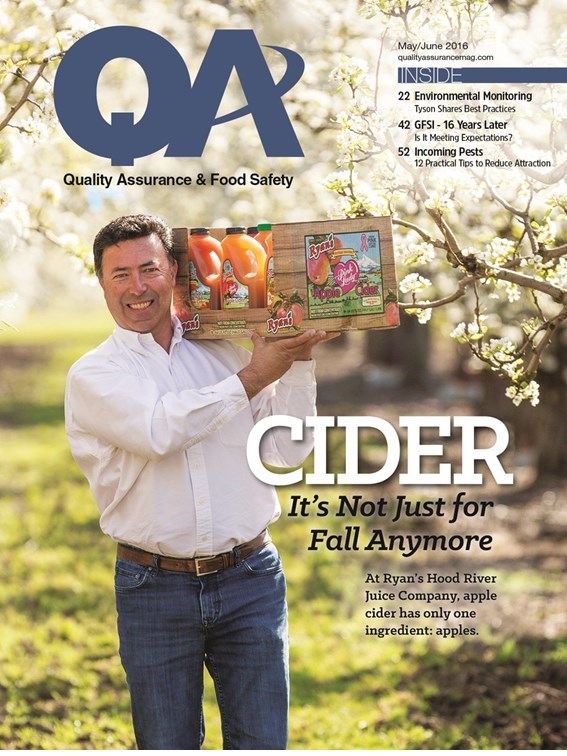
Explore the June 2016 Issue
Check out more from this issue and find you next story to read.
Latest from Quality Assurance & Food Safety
- Food Safety Summit Keynote Focuses on Food Safety Leadership
- FDA Publishes Landmark Final Rule to Enhance the Safety of Agricultural Water
- The Wendy's Company Reports 2023 Corporate Responsibility Progress
- Local Bounti Opens New Controlled Environment Agriculture Facility
- Tröegs Partners with Patagonia Provisions to Introduce Kernza Lager
- Neogen Launches New Molecular Method for Detection of Two Salmonella Serotypes
- Standard Meat Company Appoints Keith Blanks as Chief Commercial Officer
- USDA Finalizes Policy to Protect Consumers from Salmonella in Raw Breaded Stuffed Chicken Products

